15 Musicians Who Quietly Changed the Industry Forever
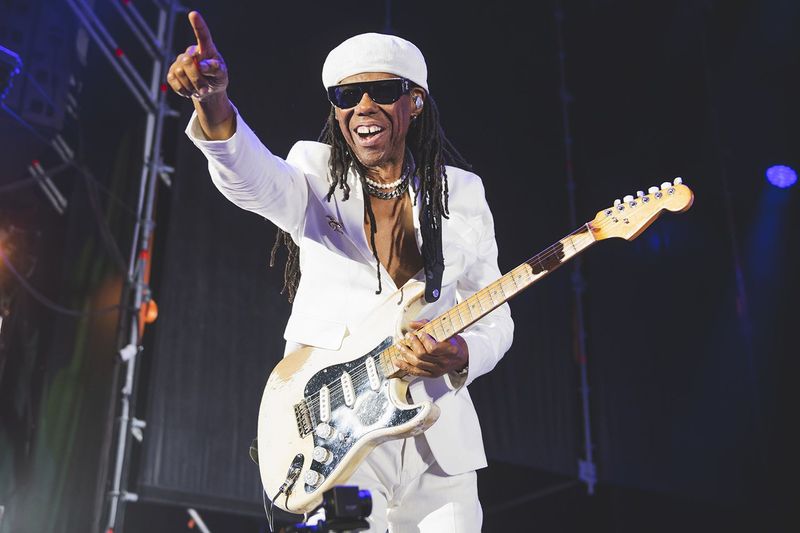
Some artists make noise with their fame, while others change the game quietly, letting their work do the talking. These are the innovators who didn’t just make hits—they reshaped the way music sounds, feels, and even reaches us.
From the inventors of electronic beats to soulful lyricists who turned pain into poetry, these musicians have left fingerprints all over the industry. You may not realize how much of today’s sound, technology, and artistry traces back to them.
1. Brian Eno

When you think about music that creates atmosphere rather than demanding attention, you’re experiencing a revolution sparked by one visionary. Eno transformed the recording studio from a simple documentation tool into a creative instrument itself. His work with legendary acts proved that producers could be artists in their own right.
Ambient music might seem everywhere now, but it barely existed before his groundbreaking albums in the 1970s. He crafted soundscapes designed to enhance environments without overwhelming them. This concept influenced everything from video game soundtracks to spa playlists worldwide.
His production techniques with U2 and David Bowie showed how electronics and experimentation could elevate rock music. Eno’s approach emphasized texture, mood, and sonic exploration over traditional song structures. Generations of producers still study his methods, making him a quiet titan whose fingerprints appear across modern music.
2. Joni Mitchell
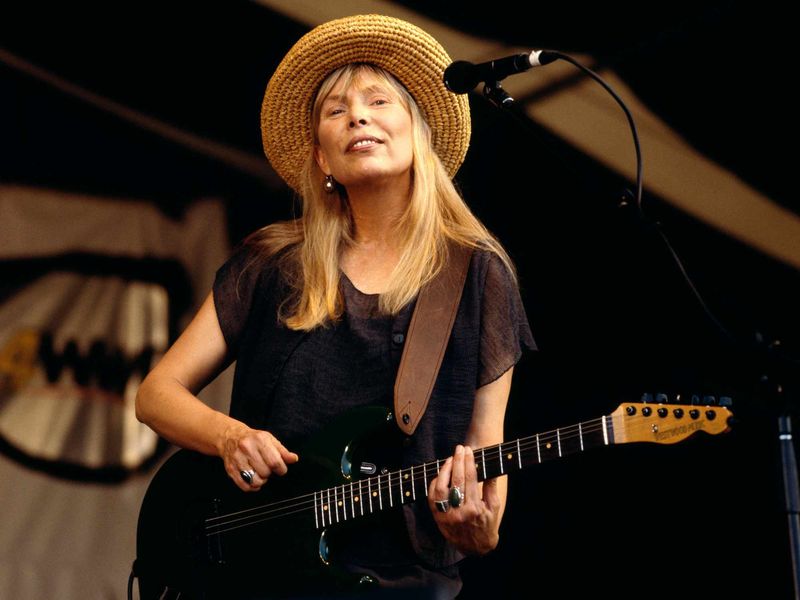
Few artists have matched the raw vulnerability and musical sophistication that defines truly transformative songwriting. Mitchell approached the guitar differently than her peers, creating over fifty unique tunings that gave her songs distinctive, haunting qualities. Her lyrics read like poetry, addressing complex emotions with stunning clarity.
Before her, female songwriters often faced pressure to stick to simple love songs or cheerful topics. She shattered those expectations by exploring divorce, disillusionment, environmental concerns, and personal growth with unflinching honesty. Albums like “Blue” became blueprints for confessional songwriting that still influences artists today.
Her jazz explorations in the mid-1970s proved she refused to be boxed into any single genre. Mitchell’s fearless artistic evolution showed musicians they could grow and experiment without abandoning their core identity. Singer-songwriters across every genre owe her an enormous debt for opening creative doors.
3. Kraftwerk
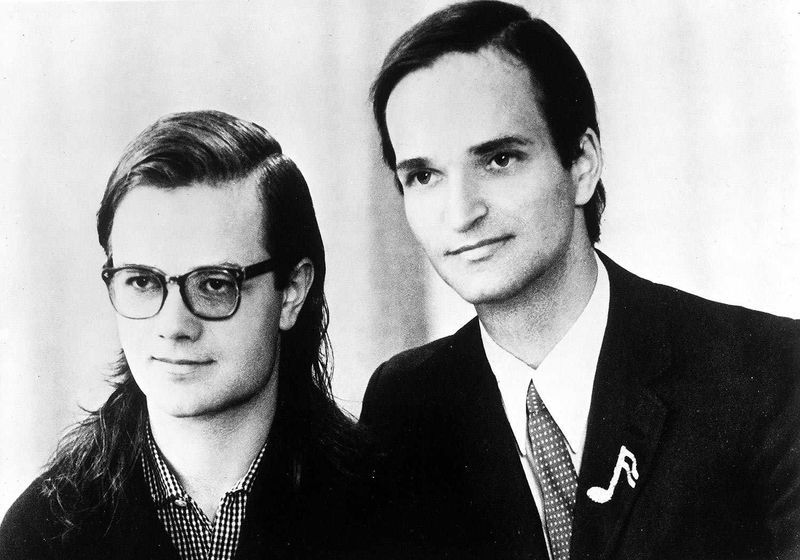
Picture a world where hip-hop beats, techno rhythms, and synth-pop melodies simply didn’t exist—that’s what music would be without these pioneers. Kraftwerk embraced machines when most musicians viewed them with suspicion or disdain. Their robotic precision and futuristic vision seemed strange in the 1970s but proved prophetic.
Albums like “Autobahn” and “Trans-Europe Express” demonstrated that electronic instruments could create emotionally resonant, danceable music. They celebrated technology and modernity through sound, creating a template that producers worldwide would follow. Afrika Bambaataa’s sampling of their work helped birth electro-funk and transform hip-hop.
Their influence extends far beyond any single genre, touching everything from New Wave to EDM. Kraftwerk proved that computers and synthesizers deserved respect as legitimate musical instruments. Today’s electronic music landscape exists because four Germans dared to imagine music’s technological future.
4. Prince
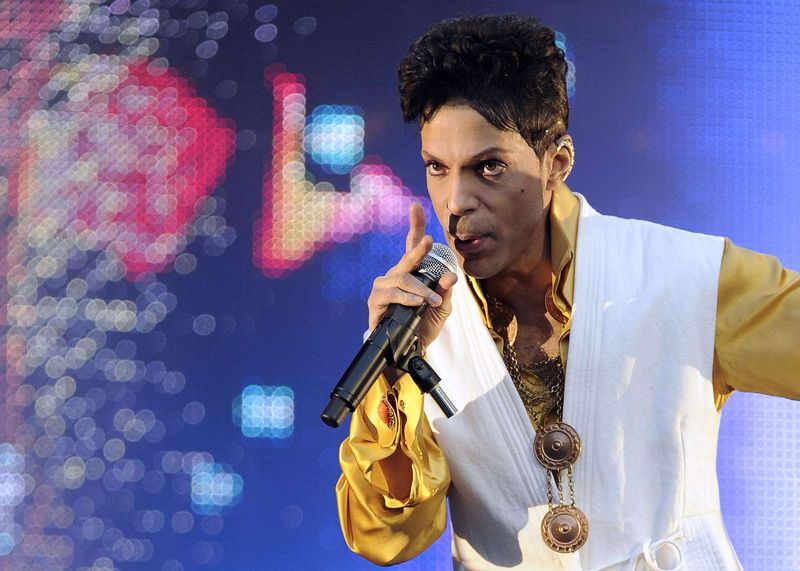
Musical genius combined with business savvy created one of the industry’s most important advocates for artist independence. While his guitar solos and falsetto vocals earned worldwide fame, his battle against record label control changed the game for everyone. He famously wrote “SLAVE” on his face to protest contractual restrictions.
Owning your masters and controlling your creative output seems obvious now, but it was revolutionary when he fought for it. Prince demonstrated that artists could challenge powerful corporations and win, inspiring countless musicians to negotiate better deals. His multi-instrumental mastery and genre-blending approach also redefined what one person could achieve in the studio.
He released music directly to fans through the internet before streaming services existed, predicting the digital revolution. His refusal to compromise artistic vision for commercial success set a powerful example. Modern artists’ independence movements trace directly back to his courageous stands.
5. Lauryn Hill

“The Miseducation of Lauryn Hill” arrived like a lightning bolt, proving female artists could dominate hip-hop while maintaining complete creative control. She rapped with technical skill, sang with soul-stirring emotion, and wrote lyrics that addressed love, identity, and social issues with equal depth. Her album won five Grammys and sold millions, shattering industry expectations.
Before her breakthrough, female rappers often felt pressured to adopt hyper-aggressive or overly sexualized personas to compete. Hill showed that vulnerability, intelligence, and musical sophistication could coexist with hip-hop credibility. She played instruments, produced tracks, and arranged vocals, demonstrating comprehensive artistry.
Her blend of reggae riddims, neo-soul melodies, and sharp rap verses created a blueprint countless artists still follow. Though her output slowed after that groundbreaking album, her impact never diminished. Women in hip-hop today stand on foundations she helped build.
6. Trent Reznor
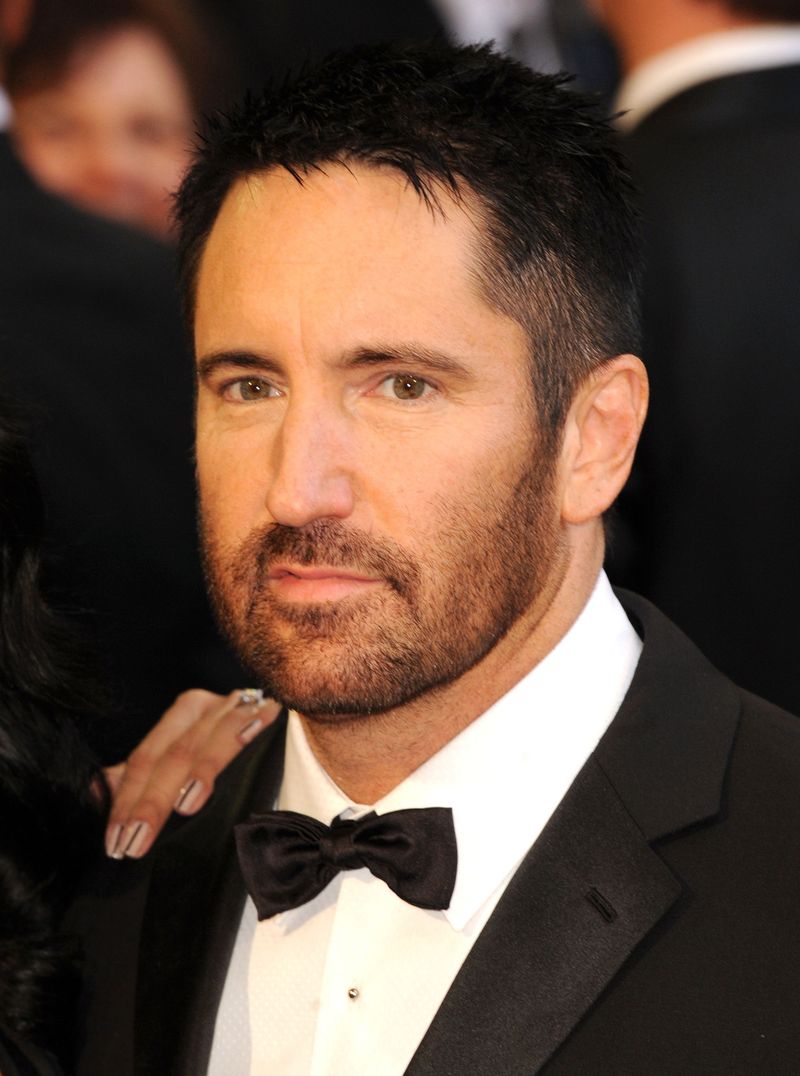
Long before artists routinely released music independently online, one industrial rock pioneer was rewriting the distribution rulebook.
Reznor’s Nine Inch Nails became famous for aggressive, layered soundscapes that he largely created alone in his studio. This self-sufficient approach inspired countless bedroom producers to pursue their visions without traditional band structures.
In 2008, he released “Ghosts I-IV” under Creative Commons licensing and offered “The Slip” as a free download, experiments that challenged industry norms. These moves weren’t just publicity stunts—they were genuine attempts to reimagine the artist-fan relationship. His transparency about production techniques and willingness to share knowledge democratized music creation.
His transition to film scoring with collaborations alongside Atticus Ross earned multiple Oscars, proving his versatility. Reznor demonstrated that artists could maintain integrity while exploring new creative territories. The modern independent music scene owes much to his fearless experimentation.
7. Bob Marley
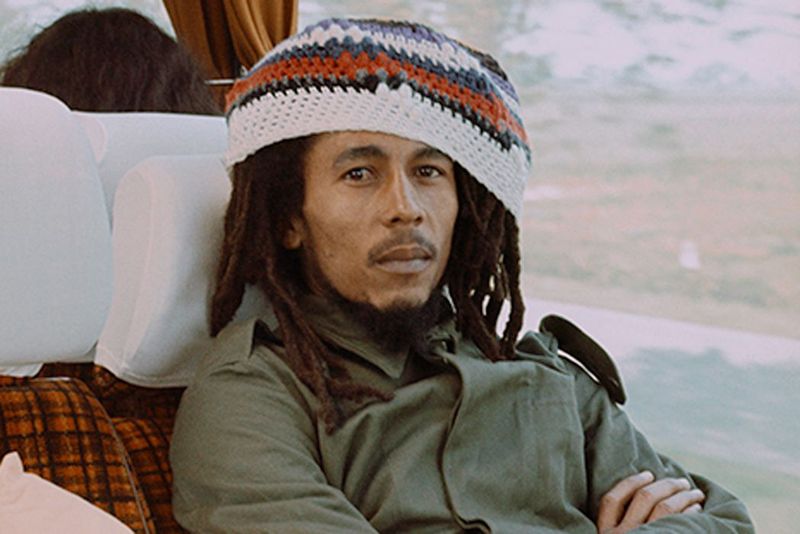
Reggae rhythms from a small Caribbean island became a worldwide phenomenon thanks to one man’s magnetic presence and message. Marley’s music carried themes of resistance, unity, and spiritual awakening that transcended language and cultural barriers. His songs became anthems for oppressed people everywhere, from Africa to Eastern Europe.
Before his international breakthrough, reggae remained largely unknown outside Jamaica and immigrant communities. He brought the genre to massive audiences through tireless touring and crossover appeal without diluting its essence. Albums like “Exodus” and “Legend” introduced millions to reggae’s hypnotic grooves and socially conscious lyrics.
His influence extended beyond music into fashion, spirituality, and political consciousness worldwide. Marley proved that artists from small nations could achieve global impact while maintaining cultural authenticity. Decades after his death, his message of peace and justice continues resonating, making him immortal.
8. Missy Elliott

Futuristic beats, groundbreaking videos, and unapologetic confidence combined to create hip-hop’s most visionary female force.
Elliott’s production work with Timbaland created sonic landscapes nobody had heard before—stuttering rhythms, unexpected samples, and playful vocal manipulations. Her rapping style mixed humor, sexuality, and technical prowess in refreshingly original ways.
Music videos became art installations under her creative direction, featuring fish-eye lenses, inflatable suits, and surreal imagery that influenced visual culture broadly. She proved that female rappers didn’t need to conform to narrow beauty standards or follow male-dominated formulas. Her body-positive attitude and experimental fashion choices inspired artists to embrace individuality.
Beyond performing, she wrote and produced hits for numerous artists, demonstrating multifaceted talent rarely seen in the industry. Elliott opened doors for women in production, A&R, and creative direction roles. Her legacy lives in every female artist who refuses to be limited by expectations.
9. Nile Rodgers
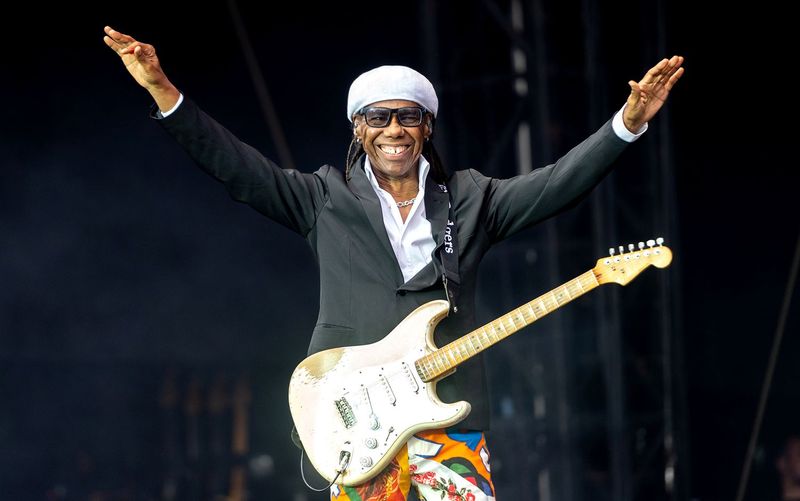
A funky guitar riff can change everything, and nobody understood that better than Nile Rodgers. His signature rhythm guitar style created the backbone for countless disco and pop hits that still fill dance floors today.
As co-founder of Chic, he crafted songs like “Le Freak” and “Good Times,” which later became the foundation for hip-hop through sampling. Rodgers also produced massive albums for David Bowie, Madonna, and Daft Punk, bringing his groove to multiple generations.
His influence extends far beyond his own performances, shaping how modern producers think about rhythm and melody working together seamlessly.
10. Kate Bush
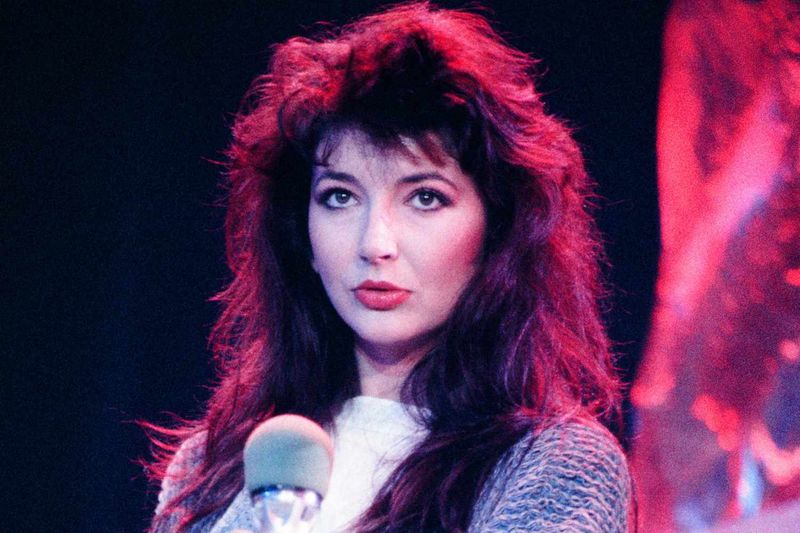
When Kate Bush burst onto the scene at just nineteen, she demanded complete creative control over her music—something almost unheard of for a young female artist in 1978. Her theatrical approach mixed literature, dance, and unusual vocal techniques into something entirely new.
Songs like “Wuthering Heights” and “Running Up That Hill” showed how pop music could be intelligent, emotional, and experimental all at once. She built her own studio to work at her own pace, refusing to follow industry timelines or trends.
Today, countless artists cite her as proof that staying true to your artistic vision matters more than chasing commercial success.
11. The Velvet Underground
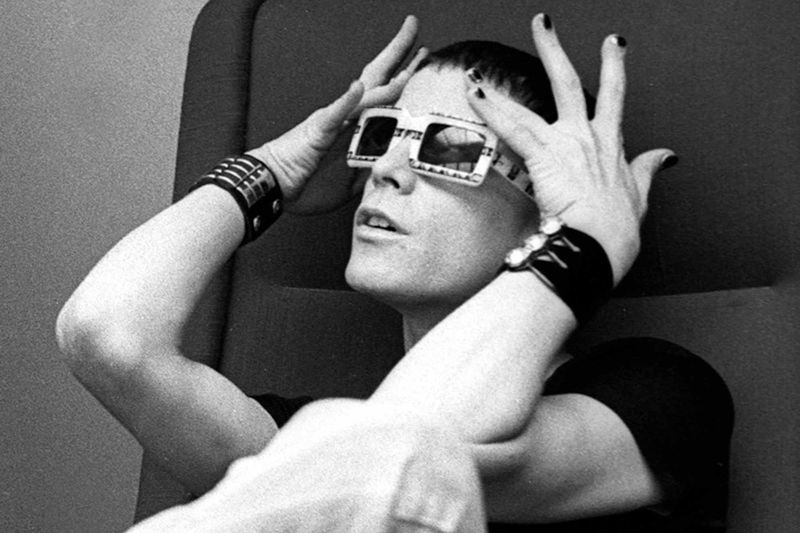
“They didn’t sell many records, but everyone who bought one started a band”—that famous quote captures The Velvet Underground’s massive impact perfectly. Their raw sound and honest lyrics about difficult subjects made them outsiders in the 1960s peace-and-love scene.
Working with artist Andy Warhol, they proved rock music could be art, exploring dark themes with droning guitars and unconventional song structures. Albums like “The Velvet Underground & Nico” inspired punk, alternative, and indie rock for decades to come.
Without their fearless experimentation, modern rock would sound completely different, even though they never achieved mainstream commercial success during their time together.
12. Rick Rubin

Picture a bearded guru sitting barefoot in a recording studio, stripping songs down to their emotional core—that’s Rick Rubin’s approach to production. He helped create hip-hop as we know it by founding Def Jam Records and producing early Run-DMC and Beastie Boys albums.
What makes Rubin special is his ability to work across every genre imaginable. He revitalized Johnny Cash’s career, produced heavy metal for Slayer, and crafted hits for Adele and Ed Sheeran.
His philosophy focuses on removing unnecessary elements rather than adding layers, teaching musicians that sometimes less really is more when capturing genuine emotion and powerful performances.
13. Björk
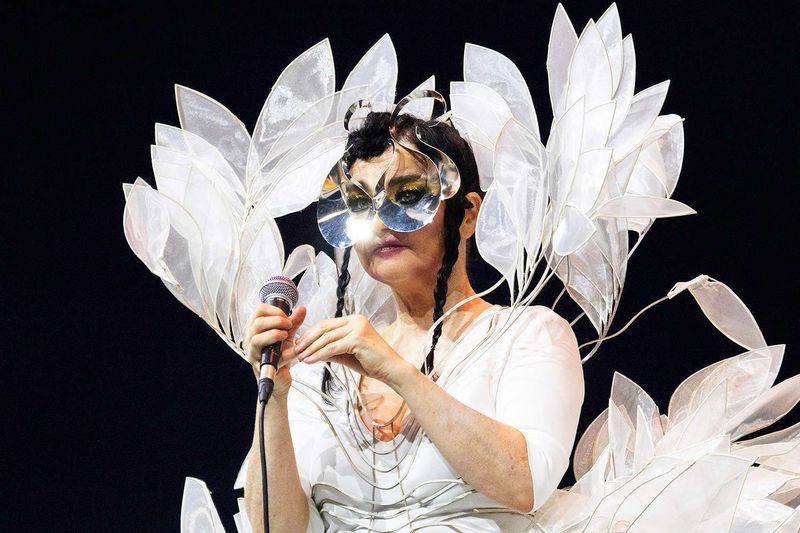
Imagine blending electronic beats, orchestral strings, and sounds from nature into pop songs that feel like they’re from another planet. Björk has spent her career doing exactly that, pushing boundaries most artists wouldn’t even approach.
Her 1993 album “Debut” showed how electronic music could feel warm and human, while later work explored cutting-edge technology and unconventional song structures. She treats each album like a multimedia art project, incorporating innovative videos, apps, and virtual reality experiences.
By refusing to separate technology from emotion, she opened doors for experimental pop artists and proved that weird and wonderful can coexist beautifully in mainstream music.
14. Pharrell Williams
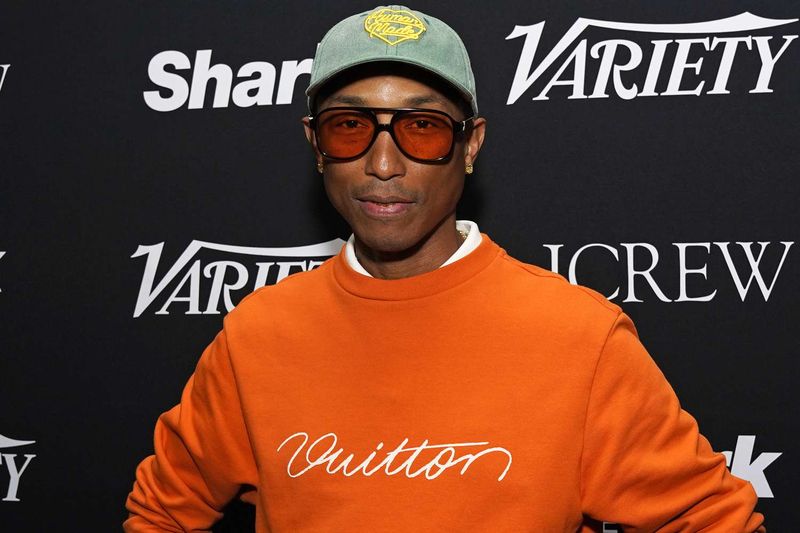
That four-count drum pattern you hear in countless hits? Pharrell Williams probably pioneered it. As one half of The Neptunes production duo, he created a minimalist sound that dominated early 2000s radio across hip-hop, pop, and R&B.
His work with artists like Jay-Z, Britney Spears, and Justin Timberlake proved that simple, funky beats could be more memorable than complex productions. Beyond producing, Pharrell’s own songs like “Happy” became global phenomena, spreading joy through infectious melodies.
He also bridged music and fashion seamlessly, showing how artists could build creative empires across multiple industries while maintaining their unique style and vision.
15. Aphex Twin

Richard D. James, known as Aphex Twin, makes electronic music that sounds like beautiful chaos—glitchy, unpredictable, and absolutely mesmerizing. His 1990s albums introduced many listeners to intelligent dance music, proving electronic sounds could be emotionally complex and artistically serious.
Tracks like “Windowlicker” and “Come to Daddy” paired disturbing visuals with innovative production techniques that influenced everything from dubstep to modern EDM. He built custom equipment and software to create sounds nobody else could replicate.
While most electronic artists chase dancefloor-friendly beats, Aphex Twin showed that electronic music could challenge listeners intellectually while still moving their bodies in unexpected ways.

Comments
Loading…